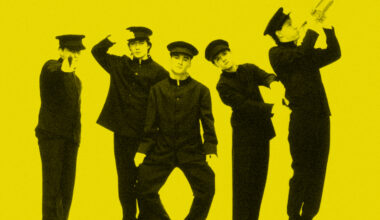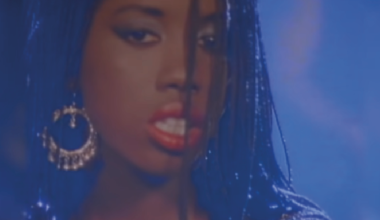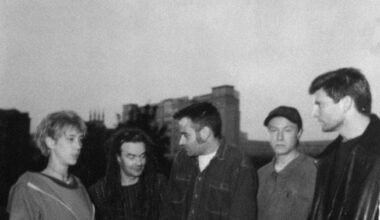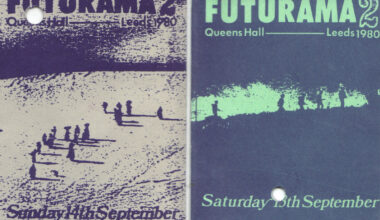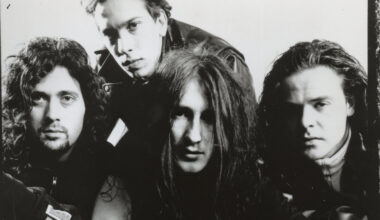Anne Dudley recalls the making of The Art Of Noise’s hugely influential 1985 hit ‘Close (To The Edit)’
Want to read more?
Sign up to Electronic Sound Premium to gain access to every post, video, special offers, and more. 100%, all you can eat, no commitment, cancel any time.
Already a premium member? Log in here
